Industry information
Company News
- Unveiling Aluminum Veneers for Curtain Walls: The Fashionable Coat of Architecture
- Aluminum veneer curtain wall, the fashionable outerwear of modern architecture
- Aluminum veneer: the fashionable choice of modern architecture, revealing its charm!
- Aluminum veneer, the 'hidden hero' of modern architecture
- Unveiling the Charm of Punched Aluminum Veneer: It's Not Just About Looks!
Industry dynamics
- Exquisite carved aluminum veneer decoration
- Exquisite craftsmanship wave 2.0mm aluminum veneer showcases fashion and atmosphere
- Hole Art: Exploration of the Unique Charm of Punched Aluminum Veneer
- The Charm of Aluminum Veneer: A Fashionable Choice for Modern Architecture
- Punched aluminum veneer, the secret weapon for creating a modern minimalist style!
Frequently asked questions
- What are the maintenance methods for aluminum veneer?
- Can aluminum veneer be applied to the exterior design of sports buildings?
- How sustainable is aluminum veneer?
- What is the thermal insulation performance of aluminum veneer?
- What is the thermal expansion coefficient of aluminum veneer?
contact us
Mobile:+86 15627778610
Email: 2201229786
Address: No. 5 Binjiang Road, High tech Zone, Zhaoqing City, Guangdong Province
Fire resistance performance and related standards of aluminum veneer
- Author: Xinlongtai Aluminum Industry (Guangdong) Co., Ltd
- Release time: March 13, 2025 01:46:59
- Click:0
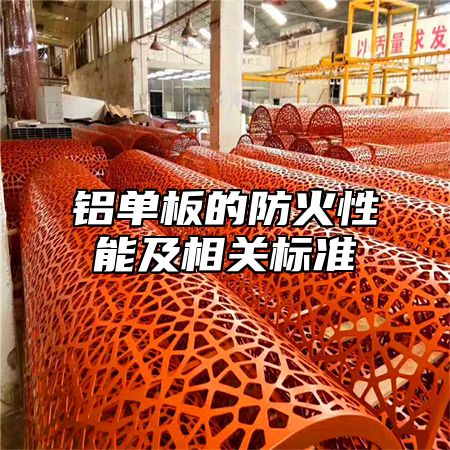
Aluminum veneerIt is a widely used building material with advantages such as lightweight, corrosion resistance, and easy processing. In practical use, the fire resistance of aluminum veneer is also an important factor to consider. This article will provide a detailed introduction to the fire resistance performance and related standards of aluminum veneer.
1、 Fire resistance of aluminum veneer
The fire resistance of aluminum veneer is closely related to its surface treatment process and material composition. Generally speaking, aluminum veneers that have undergone surface treatment processes such as anodizing and electrophoretic coating have good fire resistance because these processes can form a dense oxide film on the surface of the aluminum veneer, thereby improving its flame retardant properties. Aluminum veneers made of high-quality aluminum alloy materials also have good fire resistance.
2、 Related standards for aluminum veneer
In order to ensure the quality and safety of aluminum veneer, the country has formulated a series of relevant standards. GB/T 23443-2009 "Aluminum Alloy Veneers for Building Curtain Walls" is a fundamental standard in the aluminum veneer industry, which specifies the basic requirements, test methods, inspection rules, marking, packaging, transportation, and storage of aluminum veneers. There are also some aluminum veneer standards for specific purposes or occasions, such as GB/T 17748-2008 "Aluminum alloy profiles for building curtain walls", GB/T 8478-2020 "Aluminum alloy honeycomb panels for building curtain walls", etc.
3、 Fire rating classification of aluminum veneer
According to the national standard GB/T 8624-2020 "Classification Method for Combustion Performance of Building Materials", building materials are divided into five levels A1-A5, of which A level is the highest level, indicating that the material does not burn at all; B level is a lower level, indicating that the flame will not spread when the material burns; C level is medium level, indicating that the flame will spread when the material burns; D level is a lower level, indicating that the flame will spread when the material burns but will not cause serious harm to people; E level is the lowest level, indicating that the flame will spread and cause serious harm to people when the material burns.
For aluminum veneer, its fire rating mainly depends on its surface treatment process and material composition. Generally speaking, aluminum veneers that have undergone surface treatment processes such as anodizing and electrophoretic coating can achieve a B1-B2 fire rating, which means that the flame will not spread and will not cause serious harm to people when the material burns.
Aluminum veneer, as an important building material, its fire resistance performance is one of the important factors to consider. By understanding the fire resistance performance and related standards of aluminum veneer, suitable aluminum veneer products can be better selected and used to ensure the safety and stability of buildings.

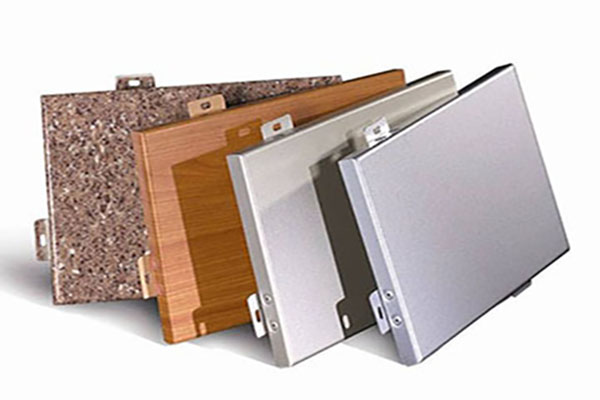
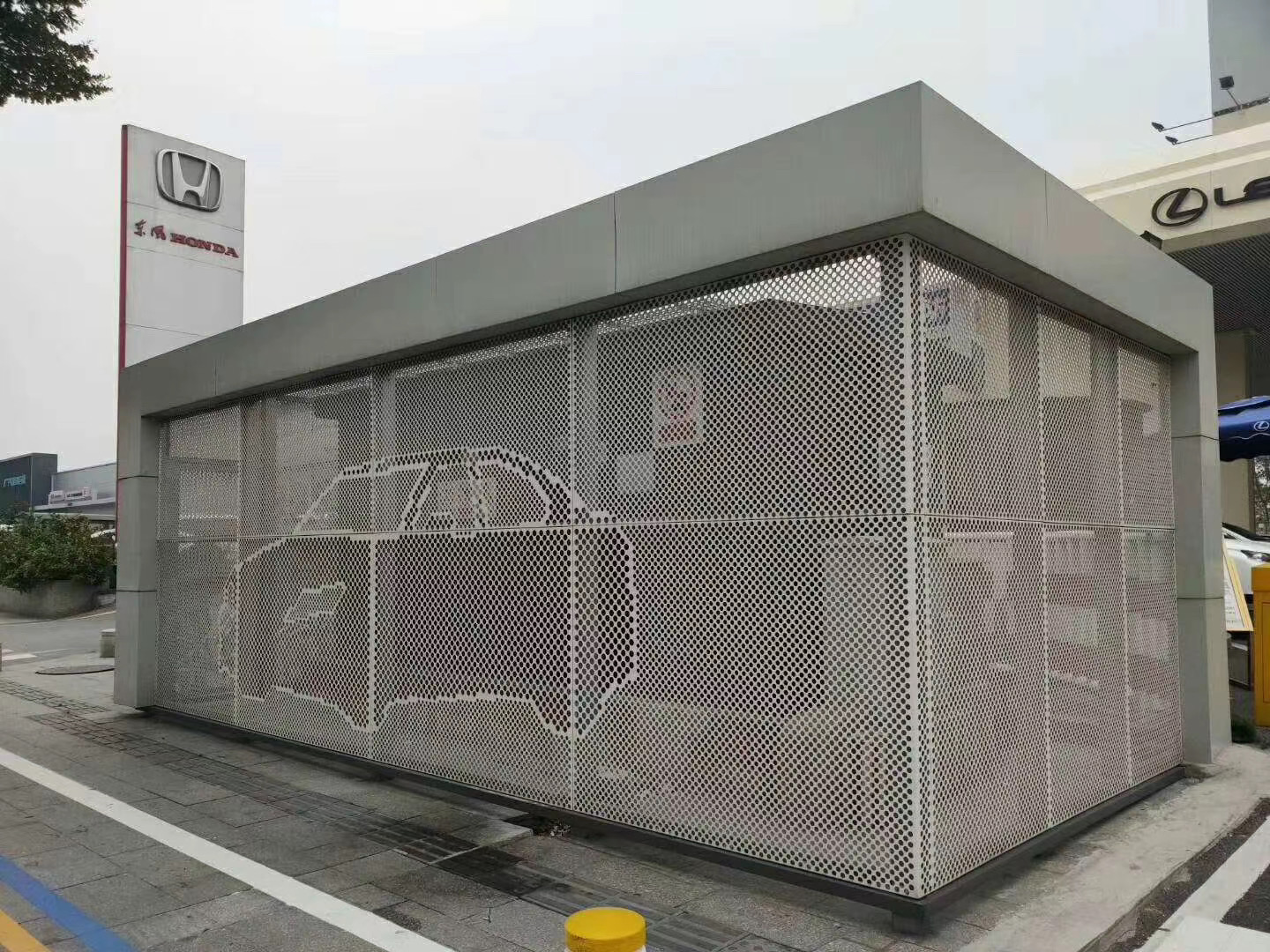
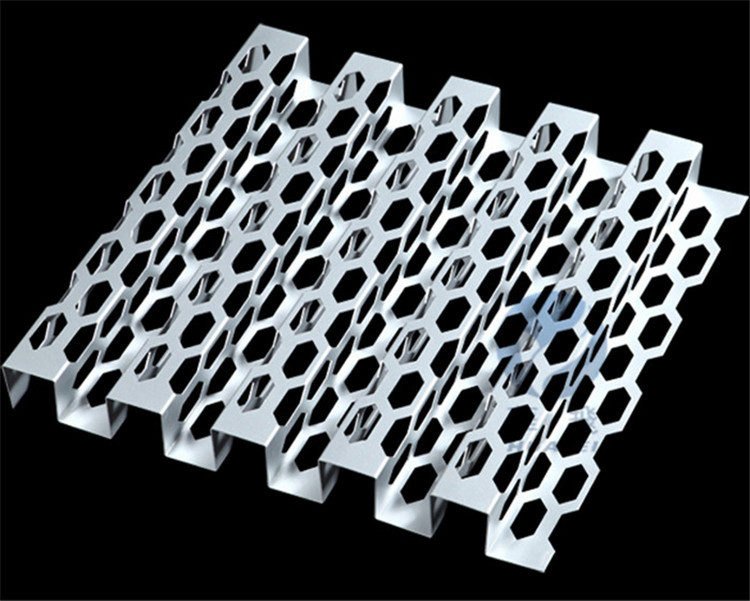
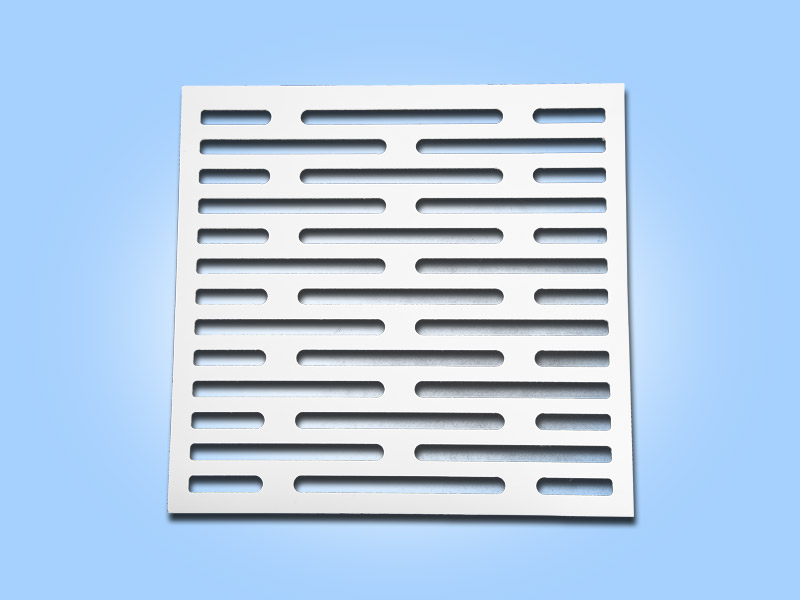
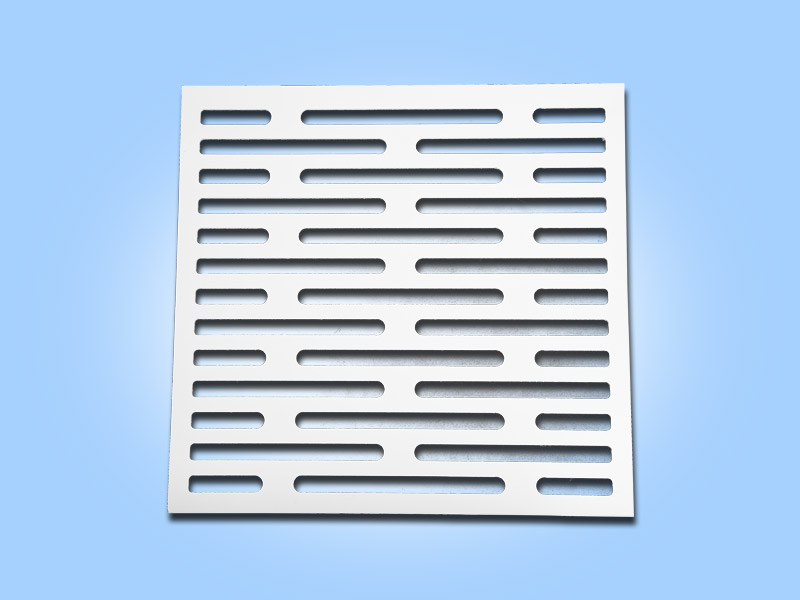
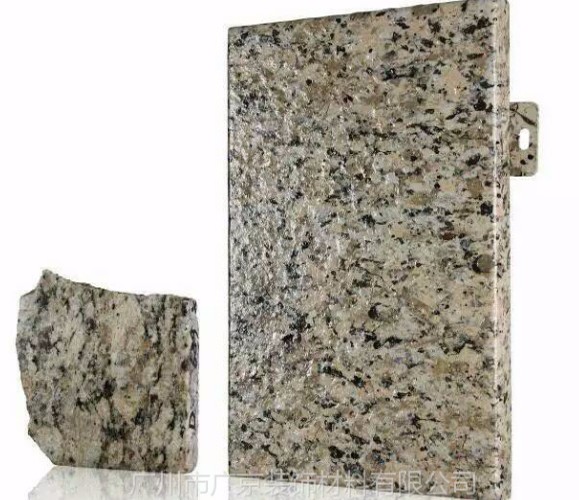
 Customer service QQ
Customer service QQ